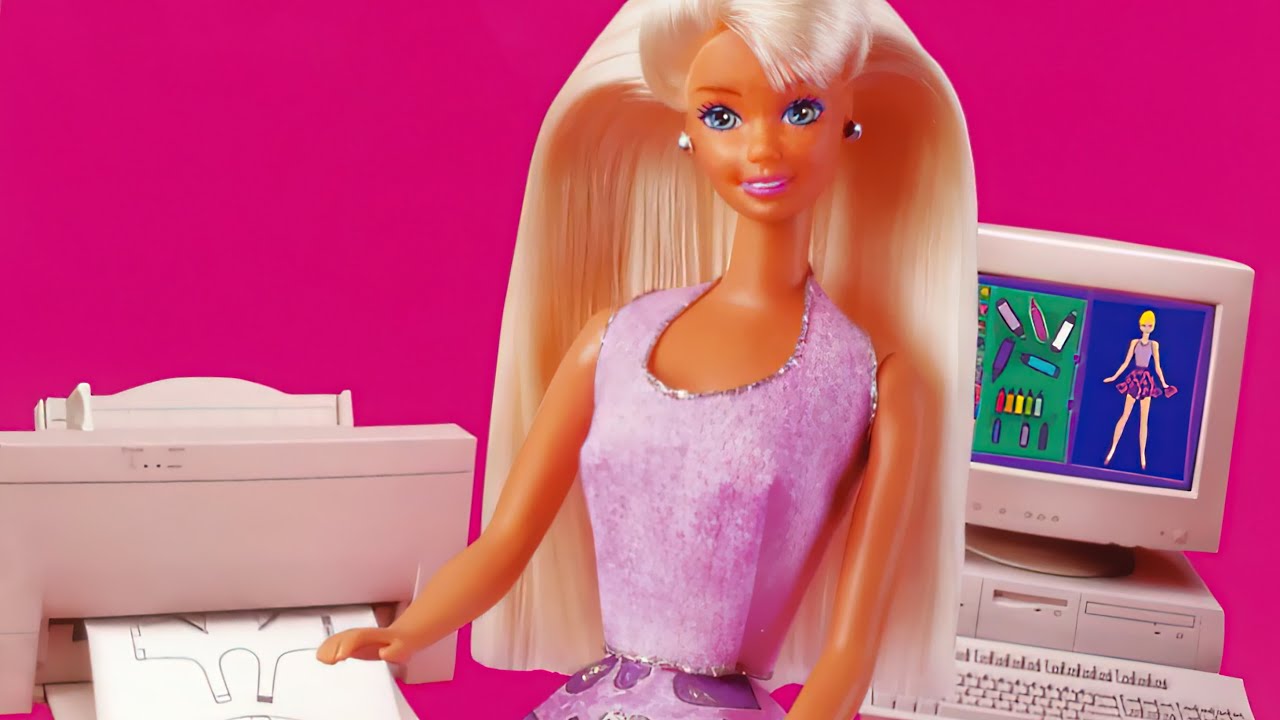Trending
Opinion: How will Project 2025 impact game developers?
The Heritage Foundation's manifesto for the possible next administration could do great harm to many, including large portions of the game development community.
She knocked down multiple rendering servers, he's just Ken.

"It looked like the money that was going to be made as a result of Barbie Fashion Designer was in specialized printer paper."--Digital Domain co-founder Scott Ross
A new report from Polygon goes into the creation of Barbie Fashion Designer. The 1996 PC game from Mattel was innovative at the time for letting players design outfits in the game that could then be worn by real-life Barbie dolls. Part of Polygon's story shines a light on the unique technology needed to make a fashion game in an era where such titles were rare.
That technology was specifically cited as the reason for the game's inclusion in the 2023 Video Game Hall of Fame. New York's National Museum of Play said at the time that Barbie Fashion Designer "was innovative in bridging the gap between the digital and the physical. [...] And helped greatly expand the market for video games."
As Polygon explains it, Fashion Designer's original concept came from a young girl named E.J. Rifkin who wanted to use her computer to create clothes that her dolls could then wear. Her father Andy pitched the idea to Mattel, and after getting the toy company's approval, eventually partnered with visual effects studio Digital Domain.
Because there's so many clothing assets and different variations to choose from, animator Vicky Kwan revealed that she would attach clothes to Barbie's in-game model and animate the clothing as the character walked down the fashion runway.
"Let’s say it was a silk, so it’d have a lot of flow,” Kwan recalled. “If it was linen or a stiffer fabric, it wouldn’t have as much movement.”
Animation-wise, Kwan added that her department had to hand animate in some instances where fabric could possibly clip through Barbie's body. If something looked off, she would have to either hand animate or put it back in place.
Similarly, animation head Jordan Harris said that Barbie's in-game model had to be adjusted so her face could be seen at all times. He admitted that it was "very bizarre" to change her in-game proportions and clothes, which complicated the game's development.
"Sometimes motion capture doesn’t translate so well into cartoonish characters," Harris said.
Programmer Patrick Dalton told Polygon about how his team chose to cut clothes into different pieces in an effort to save space and data on the disc. In doing so, he said, all the in-game bodices and sleeves "were connected in the same way, so you can mix and match."
Dalton further admitted that Digital Domain could only use a limited number of its rendering servers at a time thanks to a bug that would result in more data being created than the servers could handle. And the bug was so powerful it would hamper the rest of the studio's efforts.
"The first time we tried, the whole studio came down," he said. "Let’s just say that’s really embarrassing."
Kwan and Dalton, along with co-creative director Valerie Grant, each told Polygon they were working long hours to make Barbie Fashion Designer. In the case of Dalton, he worked up to 100 hours per week, part of which was spent reducing rendering times for the game.
Because those initial times were 20 minutes, producer Mattel Jesyca Durchin said Digital Domain brought in external developers to help with the issue. According to her, those freelancers would get bonus pay "determined by how many seconds they could take off that rendering time.”
The stress brought on by developing Barbie Fashion Designer affected its staff, though many were quick to say they supported each other during those times. The game's composer, Fletcher Beasley, commented that the team "[had] a real enthusiasm and excitement from the team, which was infectious and made you want to work on it.”
Polygon's larger report on Barbie Fashion Designer can be read here, which adds additional insight into the game's technical development and larger cultural impact.
You May Also Like